I have an application with some constraints for which it feels difficult to find a solution.
load current more than 10A, so N channel MOSFET is preferred;
working voltage is a bit high, between 50-80V;
logic switch control signal, no driving capability while expecting very fast response;
due to some reason, high side switching is required. That is, the MOSFET will be between power source and load. The load is non-inductive like one in buck converter.
I have searched the web for high-side MOSFET driver, but all are with buck type of application, coming with external capacitor connected to source of MOSFET to get ground rail to be charged. Which I don't think it works in my application where no ground rail exists after switch-on.
I found few drivers with charge pump built-in, but below 36V.
I know a workaround that uses a battery and connects the negative of the battery to source of MOSFET, but this is not a solution as I have no way to charge the battery and so it has to be replaced regularly.
